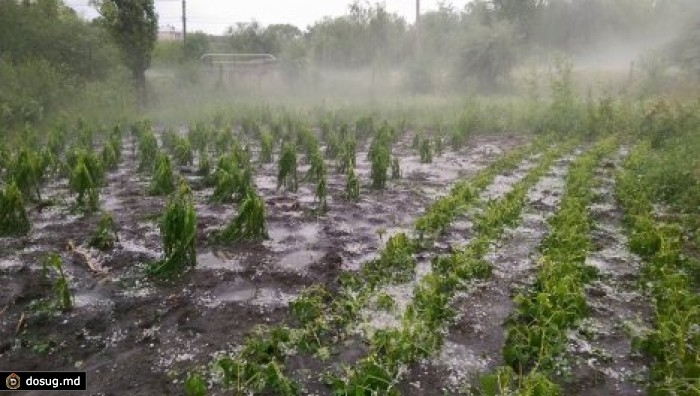Weather conditions in the main agricultural producing countries contribute to a good harvest

Traders' attention is focused on the weather in South America, where favorable conditions prevail for obtaining high yields of soybeans and corn. Argentina has resumed harvesting after the rains stopped, while Brazil continues to be rain-deficient
According to the grain exchange BAGE, in Argentina, as of March 27, soybeans were threshed on 4.4% of the area, and corn on 5.7%. Dry weather next week will speed up harvesting.
In Brazil, soybeans are harvested on 66% of the area. Periodic rains in the northern and central regions delay planting, but promote the development of crops of second-crop corn, the sowing of which has been completed. Dry weather prevails in the southern states and Parana will not see any rain for the next 10 days, so the moisture supply will decrease ahead of the dry season starting in May.
Agroconsult raised its 2023/24 soybean production forecast in Brazil from 152.2 to 156.5 million tonnes, which would exceed the USDA's March estimate of 155 million tonnes. This was helped by heavy rains in March and an increase in the sown area estimate after field surveys to 46 .4 million ha (+1.4 million ha compared to last year). At the same time, the average yield of soybeans will be 56.2 bags/ha, which is 6.5% less than last year's figure.
In the USA, the main regions of wheat and corn cultivation have received cold weather and rains, which will facilitate the sowing of spring crops.
Scattered precipitation fell in the Black Sea region this week, but it was insufficient in the east and south of Ukraine and the south-west of the Russian Federation, where there has been no rain for several weeks. Warm and dry weather in the next 10 days will facilitate the sowing of spring crops.
In Europe and Great Britain, the rains will continue for another week, which will lead to excessive soil moisture and delay sowing, but will have a favorable effect on the development of winter wheat crops.


